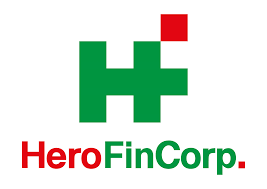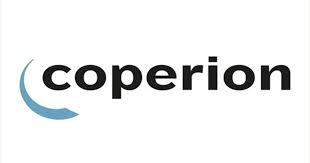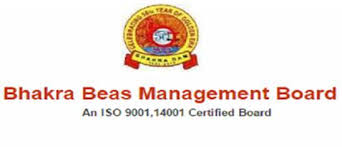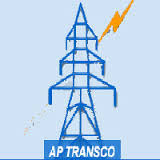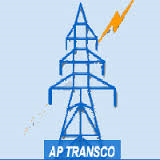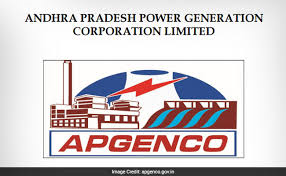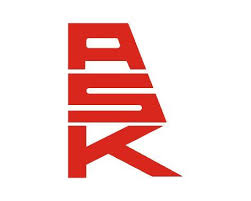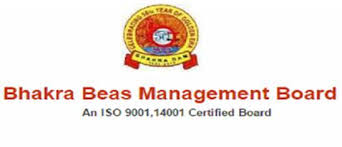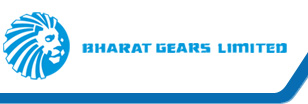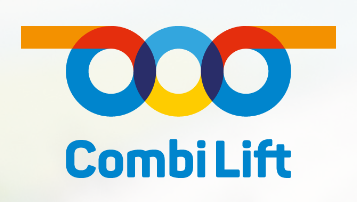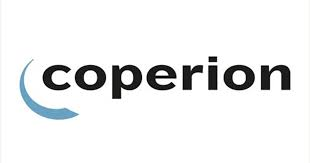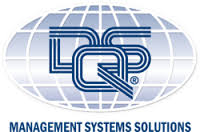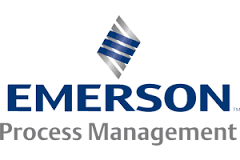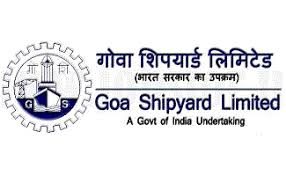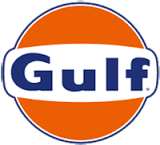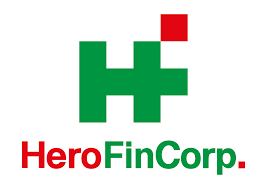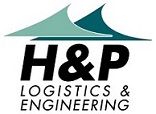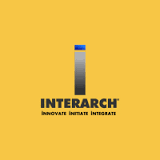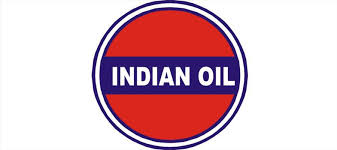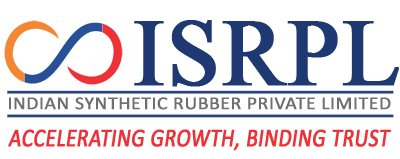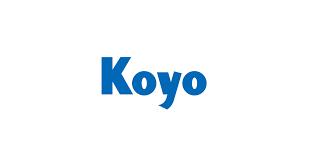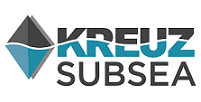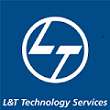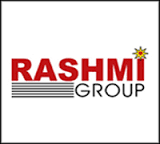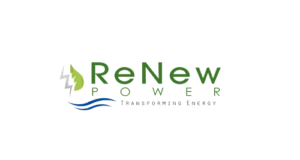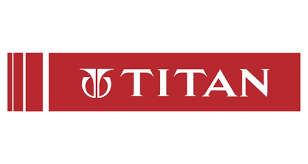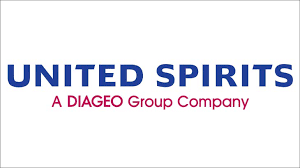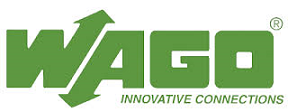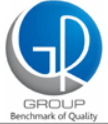Vendor Performance and Risk Management
Vendor performance and risk management (VPRM) is the process of identifying, assessing, and mitigating risks associated with third-party vendors, suppliers, contractors, and partners that provide goods or services to an organization. It's crucial for organizations to manage vendor-related risks effectively to protect their operations, reputation, and sensitive information. Here's how vendor risk management typically works:
-
Establish Performance Metrics: The organization defines key performance indicators (KPIs) and metrics that will be used to assess vendor performance. These metrics may include quality, timeliness, cost-effectiveness, compliance with contractual obligations, customer satisfaction, and adherence to service level agreements (SLAs).
-
Vendor Selection and Contract Negotiation: During the vendor selection process, organizations should clearly communicate performance expectations and requirements to potential vendors. Contractual agreements should include specific performance metrics, benchmarks, and penalties or incentives tied to performance outcomes.
-
Performance Monitoring and Evaluation: Organizations monitor vendor performance on an ongoing basis to track progress against established metrics and identify any deviations or issues. This may involve collecting performance data, conducting regular performance reviews, and soliciting feedback from internal stakeholders and end-users.
-
Data Analysis and Reporting: Performance data collected from vendors is analyzed to identify trends, patterns, and areas for improvement. Organizations generate regular performance reports to provide stakeholders with insights into vendor performance, highlight achievements, and address areas needing attention.
-
Communication and Feedback: Effective communication is essential for vendor performance management. Organizations should maintain open lines of communication with vendors to provide feedback on performance, address concerns or issues promptly, and collaborate on solutions to improve performance.
-
Continuous Improvement: Vendor performance management is a continuous process that emphasizes ongoing improvement and collaboration between the organization and its vendors. Both parties should work together to identify opportunities for process optimization, innovation, and efficiency gains.
-
Performance Reviews and Meetings: Organizations conduct regular performance reviews and meetings with vendors to discuss performance against established metrics, review progress on action plans, and identify strategies for improvement. These meetings provide an opportunity to address any performance issues, renegotiate terms if necessary, and align goals and expectations.
-
Risk Mitigation and Control: Risk mitigation strategies are implemented to reduce or eliminate identified risks associated with vendors. This may include negotiating contract terms and service level agreements (SLAs) to include specific security and compliance requirements, conducting regular security assessments or audits, implementing access controls and monitoring mechanisms, and requiring vendors to maintain insurance coverage.
-
Contract Management and Renewal: Vendor performance data and feedback are used to inform contract management decisions, including contract renewals, extensions, or terminations. Contracts may be renegotiated based on performance outcomes and evolving business needs.
By implementing effective vendor performance management practices, organizations can optimize their relationships with vendors, drive continuous improvement, mitigate risks, and ultimately enhance the value delivered by their supply chain partners.
For a free copy of digital Vendor performance and risk management (VPRM) send your request by filling the form in this page
